How to Properly Prune Mature Trees Without Causing Damage
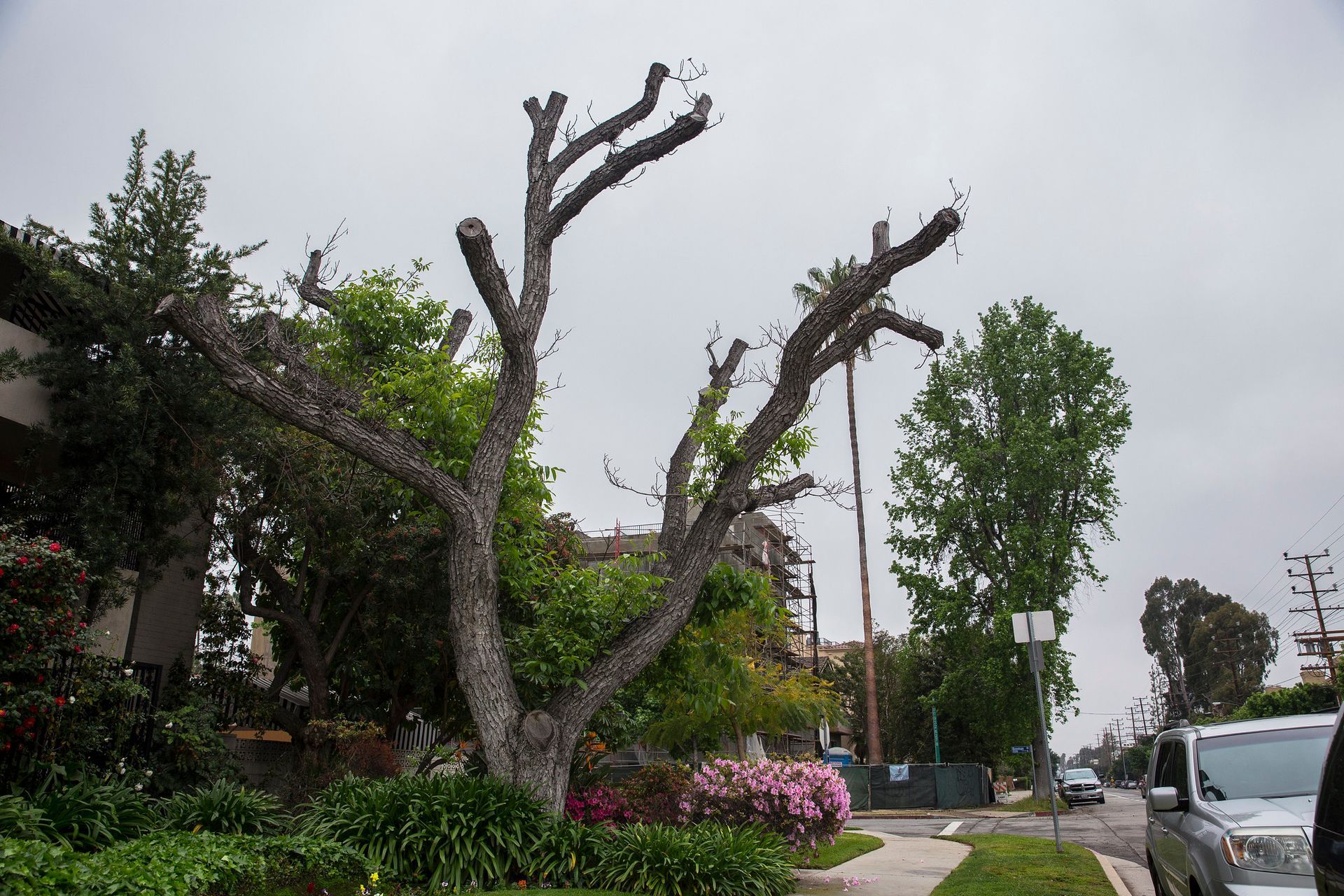
Maintaining the health and beauty of mature trees requires careful tree pruning techniques. When done correctly, tree maintenance helps trees grow stronger, resist disease, and maintain a well-balanced shape. However, improper pruning can cause lasting damage, weakening the tree and making it more susceptible to stress and pests.
In this guide, we’ll walk through the essential steps of mature tree care, from choosing the right time to prune to making precise cuts that promote healthy growth. Whether you're a homeowner looking to enhance your landscape or a professional seeking best practices, these expert tips will ensure your trees stay strong and vibrant for years to come.
Understanding the Importance of Proper Tree Pruning
Pruning is more than just trimming branches—it’s a crucial part of tree maintenance that directly impacts a tree’s long-term health. By removing dead or weak limbs, we reduce the risk of breakage and improve airflow within the canopy. Strategic pruning also enhances the tree’s natural shape and allows more sunlight to reach lower branches.
When done incorrectly, however, pruning can weaken a tree’s structure and invite disease. That’s why it’s important to follow proper techniques and avoid making unnecessary cuts.
Best Time for Pruning: When Should You Trim Mature Trees?
Timing plays a critical role in mature tree care. Pruning at the wrong time can lead to stress, sap loss, or increased vulnerability to pests. Here’s a breakdown of the best times to prune based on tree type:
- Deciduous Trees – Best pruned in late winter or early spring when they are dormant. This reduces sap loss and allows the tree to heal quickly.
- Evergreen Trees – Light pruning can be done year-round, but the best time is late winter before new growth starts.
- Flowering Trees – Prune right after they bloom to avoid cutting off next season’s buds.
Avoid pruning in late summer or fall, as this can encourage new growth that may not harden before winter, leading to potential frost damage.
Essential Tools for Safe and Effective Tree Pruning
Using the right tools is key to effective tree maintenance. Dull or improper tools can cause ragged cuts that take longer to heal, increasing the risk of disease. Here are the essential tools for safe pruning:
- Hand Pruners – Ideal for small branches up to ¾ inch thick.
- Loppers – Designed for medium-sized branches up to 2 inches in diameter.
- Pruning Saw – Used for larger branches that require more precise cuts.
- Pole Pruners – Useful for reaching high branches without using a ladder.
Always ensure tools are sharp and clean to prevent spreading infections between trees
Key Techniques for Pruning Mature Trees Without Damage
Following the right pruning techniques is essential for mature tree care. Improper cuts can lead to unnecessary stress, decay, or weak regrowth. Here are the fundamental techniques for safe pruning:
1. Identify and Remove Dead or Diseased Branches
Dead or diseased limbs pose a safety risk and can spread decay to the rest of the tree. Look for:
- Bark that is peeling or missing
- No buds or leaves during the growing season
- Visible cracks or fungi growth
Removing these branches first improves the tree’s overall health.
2. Make the Right Cuts
Cutting a branch too close to the trunk or leaving too much of a stub can harm the tree. Follow these guidelines:
- Always cut just outside the branch collar (the swollen area where the branch meets the trunk).
- Use the three-cut method for large branches to prevent tearing:
- Make a small cut on the underside of the branch a few inches from the trunk.
- Cut through the branch a little further out.
- Remove the remaining stub carefully without damaging the trunk.
3. Avoid Over-Pruning
Never remove more than 25% of a tree’s canopy at once. Over-pruning can shock the tree, reducing its ability to produce food through photosynthesis. If a tree has been neglected for years, prune gradually over multiple seasons rather than all at once.
How Pruning Supports Tree Growth and Longevity
Pruning isn’t just about removing unwanted branches—it plays a vital role in long-term tree maintenance. When done correctly, pruning:
- Encourages stronger branch structures
- Reduces the risk of storm damage
- Improves sunlight penetration, promoting healthy foliage growth
- Prevents overcrowding, allowing air to circulate through the canopy
Proper pruning techniques ensure that mature trees remain healthy and beautiful for decades.
Common Tree Pruning Mistakes to Avoid
Even with good intentions, improper pruning can harm trees. Here are some common mistakes to watch out for:
- Topping the Tree – Cutting off the top of a tree to reduce its height weakens its structure and leads to weak regrowth.
- Flush Cutting – Removing a branch too close to the trunk removes the tree’s natural healing barrier, leading to decay.
- Over-Thinning – Excessively removing inner branches can cause sunscald and weaken the tree’s structural integrity.
- Improper Timing – Pruning during active growth periods can stress the tree and invite pests.
When to Call a Professional for Tree Pruning
While small-scale pruning can be handled with the right tools and techniques, some situations require professional expertise. Contact a professional arborist if:
- A tree has large, high branches that require climbing
- A diseased or dead branch is threatening a structure or power line
- The tree has extensive storm damage and needs assessment
At Sunshine Tree & Landscape, we specialize in expert tree pruning and mature tree care to ensure the long-term health of your trees. Our team has the knowledge and experience to handle even the most complex pruning tasks safely and effectively.
Maintaining Tree Health Beyond Pruning
Pruning is just one part of comprehensive tree maintenance. To keep trees healthy year-round, follow these additional care tips:
- Mulch Around the Base – Apply a 2-4 inch layer of mulch around the tree (but not touching the trunk) to retain moisture and regulate soil temperature.
- Regular Watering – Mature trees still need deep watering, especially during drought conditions.
- Inspect for Pests and Disease – Check for signs of insect infestations or fungal growth. Early detection helps prevent serious damage.
- Fertilization – Applying the right nutrients supports strong root development and overall tree vitality.
Keep Your Mature Trees Healthy with Proper Pruning
Regular tree pruning is a vital part of mature tree care that keeps your landscape beautiful and your trees strong. By following proper pruning techniques, using the right tools, and knowing when to call a professional, we can ensure our trees thrive for years to come.
For expert tree maintenance services, reach out to Sunshine Tree & Landscape. Our experienced team is dedicated to preserving the beauty and health of your trees with professional pruning and care. Call us today at 908-387-1111 or send us an email at suntree@ptd.net to schedule a consultation. Let’s keep your trees safe, stable, and thriving for years to come.
Frequently Asked Questions
1. Why is regular tree pruning important for tree maintenance?
Regular tree pruning helps maintain a tree’s health by removing dead, diseased, or weak branches. It also improves airflow, reduces the risk of falling limbs, and enhances the overall appearance of the tree. Proper tree maintenance ensures that mature trees remain strong and resistant to pests and diseases.
2. When is the best time to prune for mature tree care?
The ideal time for mature tree care depends on the tree species. Deciduous trees should be pruned in late winter or early spring before new growth begins, while evergreen trees can be lightly pruned year-round. Pruning at the right time minimizes stress on the tree and promotes healthier regrowth.
3. Can improper tree pruning harm a tree?
Yes, incorrect tree pruning techniques, such as topping, over-thinning, or cutting too close to the trunk, can weaken a tree and make it more susceptible to disease and structural failure. Using proper pruning methods is essential for effective tree maintenance and long-term tree health.
4. How much of a tree can be pruned at one time?
When performing mature tree care, no more than 25% of a tree’s canopy should be removed in a single pruning session. Over-pruning can shock the tree, leading to weakened growth and reduced ability to produce food through photosynthesis. Gradual pruning over multiple seasons is recommended for neglected trees.
5. Should I hire a professional for tree pruning, or can I do it myself?
While small branches can be pruned safely with the right tools, professional tree maintenance is recommended for large or high branches, especially those near power lines or structures. Certified arborists have the expertise to perform mature tree care safely and effectively, ensuring that trees remain healthy and structurally sound.
New Paragraph
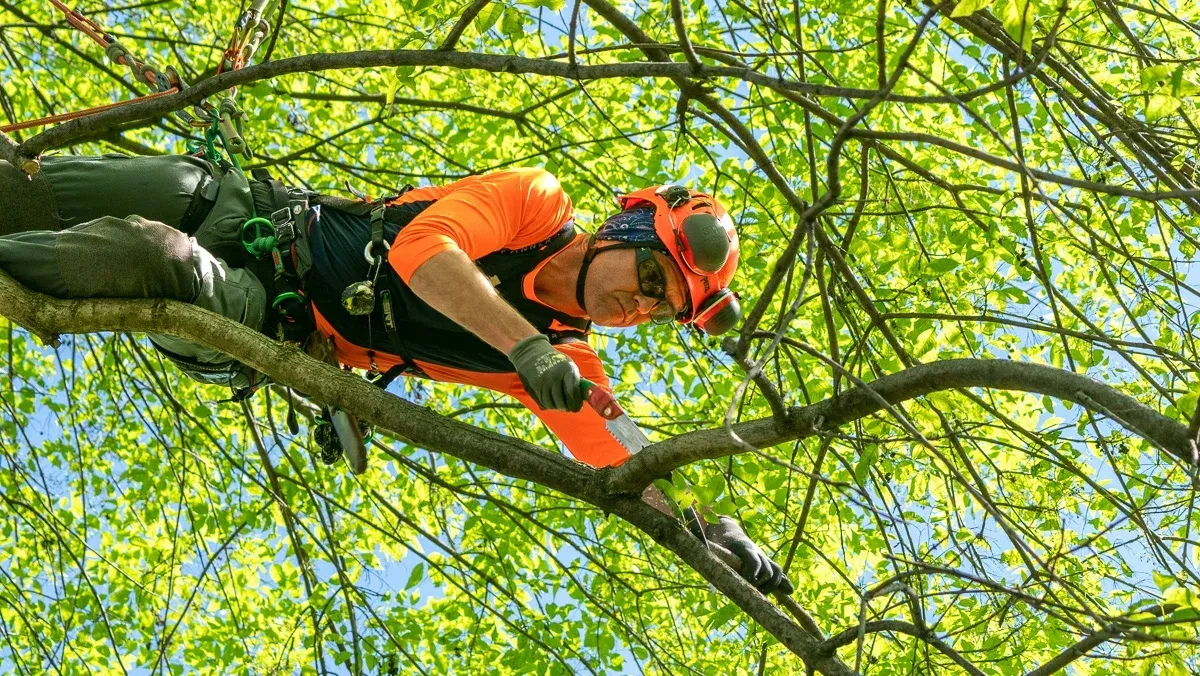
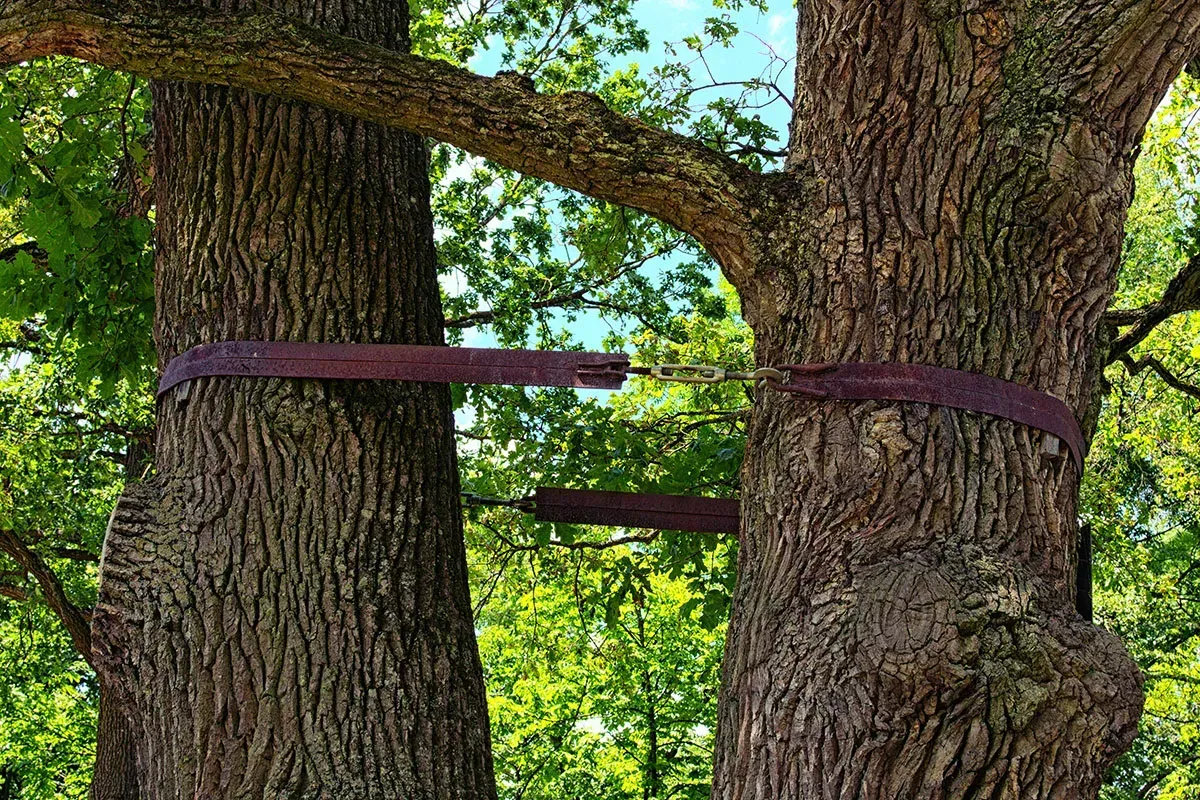
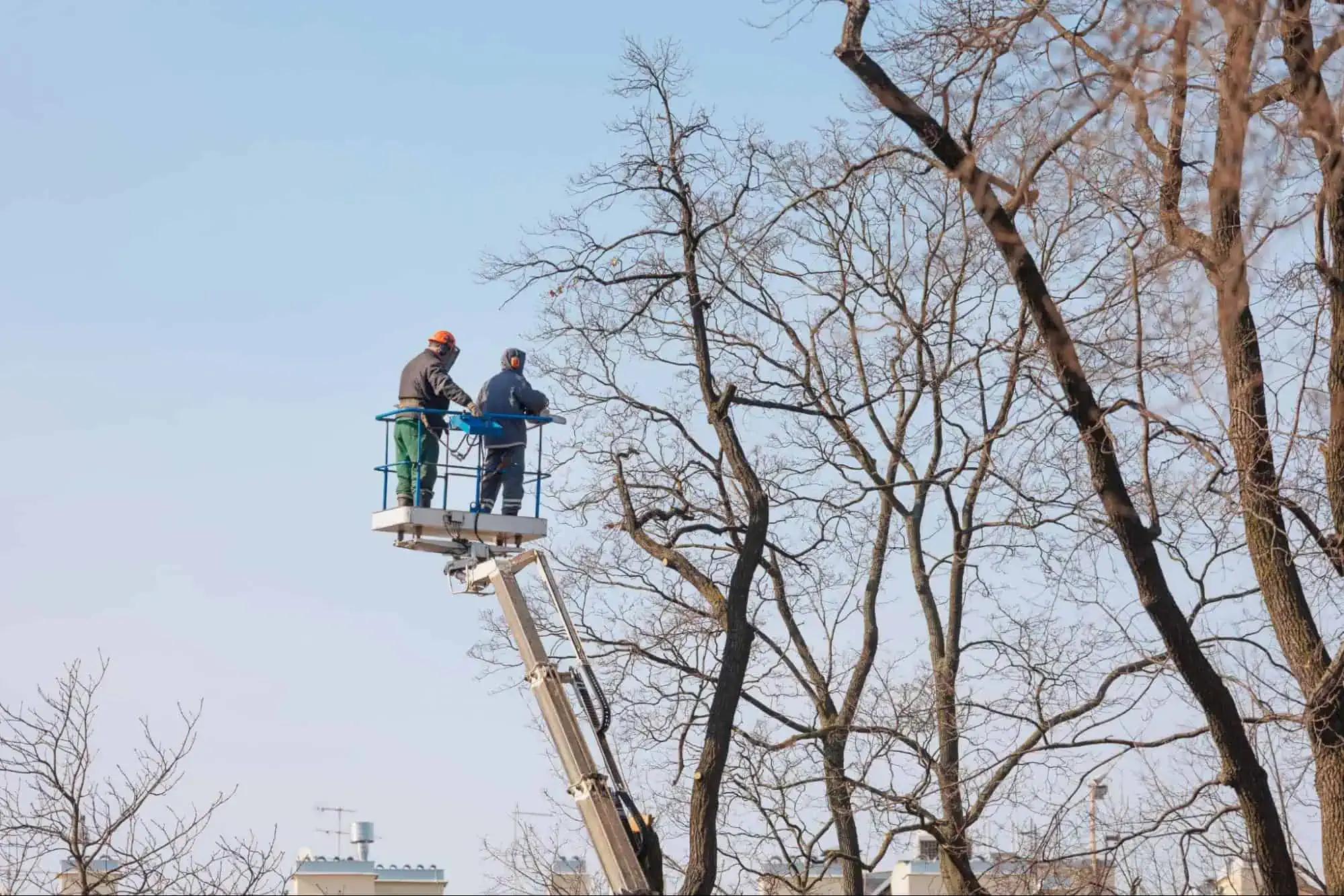
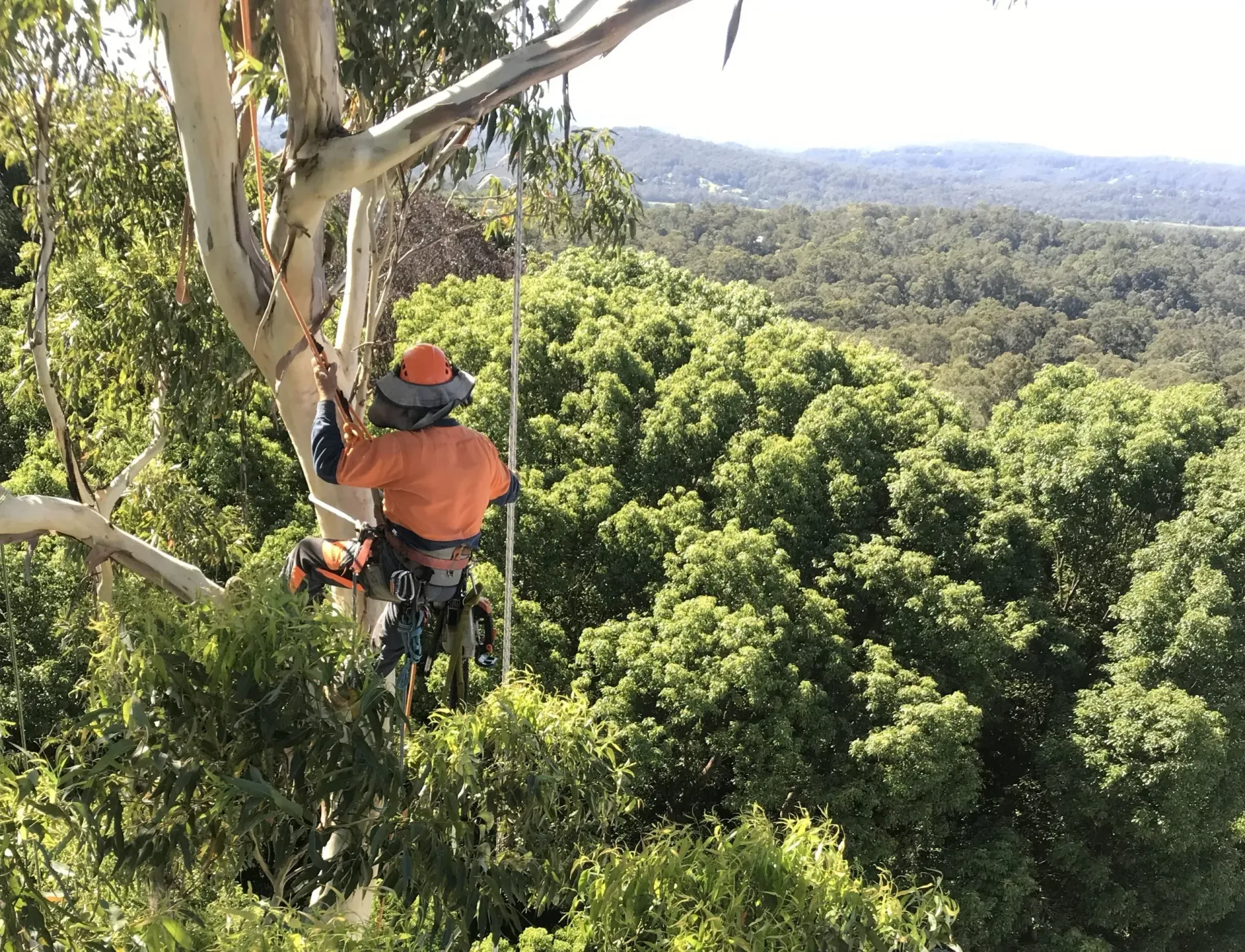
Sunshine Tree & Landscape is your local landscaping contractor and arborist in Stewartsville, NJ.
870 Route 57 Stewartsville, NJ 08886
Business Hours

Sunshine Tree & Landscape. All Rights Reserved. Sitemap
